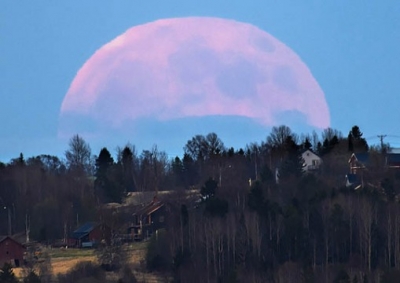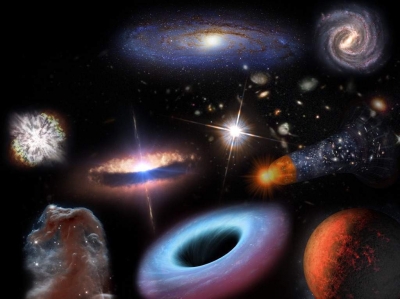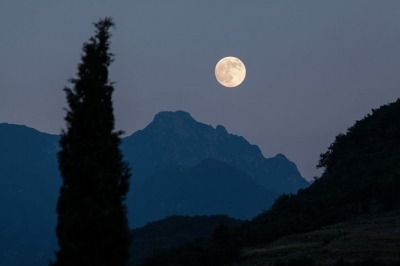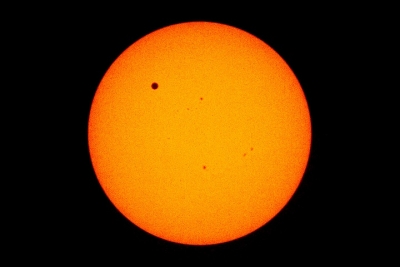Why does the moon appear bigger near the horizon?

Sometimes, you may have watched the moon near the horizon and wondered "Why is the moon unusually bigger tonight?" Does the moon grow bigger near the horizon and shrink when it moves high up in the sky? This perception is called Moon illusion: Your brain is playing a trick on you.
Sky watchers have observed this phenomenon for thousands of years. The precise reason for the moon appearing to be expanding and contracting continues to puzzle scientists even today. But in general, our brain is tuned to think that objects near the horizon are (usually) more distant and larger than those overhead. But one thing is for sure - the moon isn't changing size.
Here is an activity to test this: Take a sheet of paper and roll it up into a narrow tube. Point it at the rising moon, look through it and adjust the tube's size until it's slightly larger than the moon. Fix the tube using a tape so its size stays the same and look at the moon again a few hours later when it's higher in the sky. You'll see it fills the same space.
Picture Credit : Google


